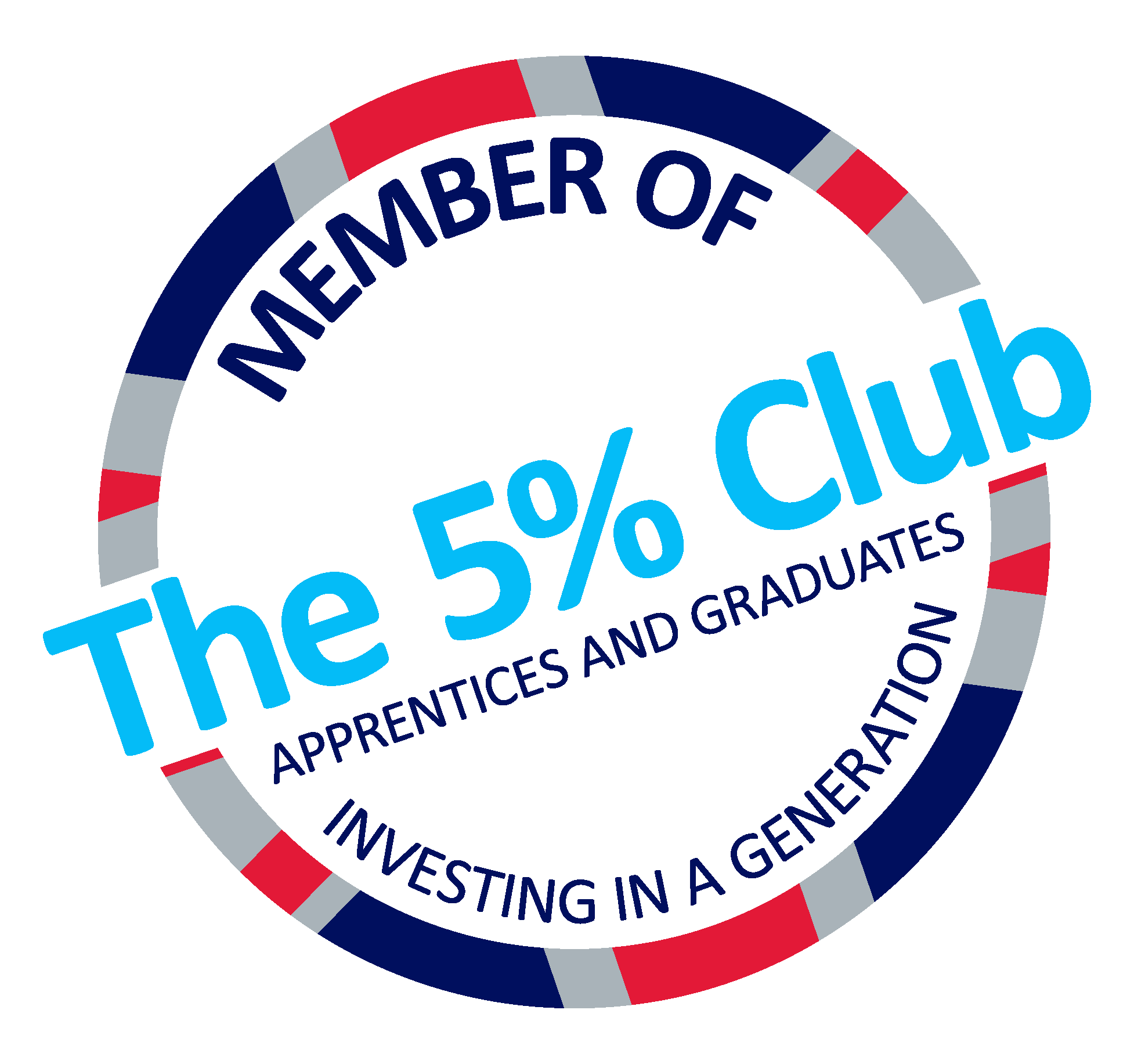By Sarah Evans
In 2014 the graduate market showed strong signs of growth and the latest AGR Survey findings released at the end of January 2015 reveal that there is no indication of this optimism ceasing. The Association of Graduate Recruiters’ bi-annual surveys are the benchmark by which we, and other graduate recruiters, take stock of what is taking place in the world of graduate recruitment. Below I have outlined some of the key AGR findings along with a commentary on what our experience has been over the past 12 months:
According to the AGR:
- An increase in graduate vacancies of 11.9% is predicted from 2013-2014 to 2014-2015. This follows an increase of 4.3% in the previous recruitment season.
Discovery Graduates response:
2014 saw nearly a quarter of Discovery’s clients exceeding their head count requirements, following our selection and assessment processes. This reflects not only optimism in business growth but also an eagerness amongst employers to identify other areas of their businesses which could benefit from graduate talent.
Graduate recruitment is now firmly back on the agenda for our clients, and companies are recognising the value of having a constant feed of graduate talent entering the business.
2015 looks set to be a similar picture, but it won’t be without its challenges. Rather than waiting for summer assessment periods, companies are now quicker off the mark to attract and secure graduate talent. Now is the time to be thinking about your next graduate intake. There is also the question of competing for the best graduates. With one third of graduates leaving employers due to dissatisfaction with career development, it is quite clear that graduates want more than just a good salary. What else do you offer to attract the best graduate talent?
According to the AGR:
- 1,422 vacancies were unfilled in 2013-14. This equates to nearly half (44.8%) of all AGR employers having unfilled vacancies.
- On average, 14.4% of offers to graduates were turned down.
Discovery Graduates response:
It is great news that graduate vacancies are up, but what does this mean for you as a business? There is now more competition for graduates across all industries and functions and it is particularly fraught in engineering and technical disciplines.
Understand your competitors. Not just within your industry, but outside of it too; you are all competitors for the same talent. Find out who else is recruiting in your area. Which other industries are looking for the same calibre of talent? How does your offering compare with theirs in terms of career development and progression opportunities, salary, CSR, company benefits etc?
The next step is making sure you communicate the offering well. If someone turned down an offer last year, find out where they went instead and why they went there. Then see if you need to be making any changes to your approach.
Working in the manufacturing industry, a lot of companies will describe their sector as ‘un-sexy!’ Rather than thinking of all the reasons why graduates would not want to work for you, look on the positive side and consider what you have to offer:
- Development opportunities
- Real responsibility
- Challenges
- Exciting projects
- Stability
- Growth
- Salary
- Bonuses
- Future earning potential
- A good track record of investing in people and nurturing talent (this might not be traditional graduate recruitment but perhaps apprentices or school leavers)
- If the graduate is going to be relocating to the area, have you highlighted opportunities for them to be involved in professional communities, e.g. BPS Birmingham Future?
Click here to see our infographic and discover how having unfilled vacancies impacts your business.
According to the AGR:
- 26.5% of graduate positions were filled by people who had previously worked for the same employer through an internship or placement programme.
Discovery Graduates response:
Industrial placements and internships are a brilliant way for companies to position themselves as student/graduate employers. They also provide an opportunity to do a “yearlong” interview; you can start thinking about which roles you will look to fill in the future and then consider how you could bring an industrial placement student into those areas. If you want to offer industrial placements this summer, now is the time to be searching for your undergraduates. We have just completed two successful industrial placement campaigns for Samworth Brothers and Pernod-Ricard.
It is crucial that you make your selection process for industrial placements as rigorous as the graduate job ones. We have spoken with companies who have said they would not re-employ their industrial placement employees. This is because they did not dedicate enough time to recruiting good, suitable candidates and were left disappointed. Likewise, there are graduates who are left feeling frustrated when they find their UCAS points requirements, which were acceptable for the industrial placement scheme, don’t quite stretch to meet the graduate job requirements. My advice: keep your recruitment processes consistent and thorough.
I hope this has given you some guidance on how to interpret these headline statistics that will no doubt keep cropping up throughout the year. Sometimes, these statistics can appear a little daunting, but I hope I have shown you in this blog post that it is what they prompt you to think about in terms of your business and its employee offering that is most important.
If you would like to discuss any aspect of graduate recruitment and development further, I would be delighted to have a chat with you, just give me a call.
Best wishes,
Sarah













